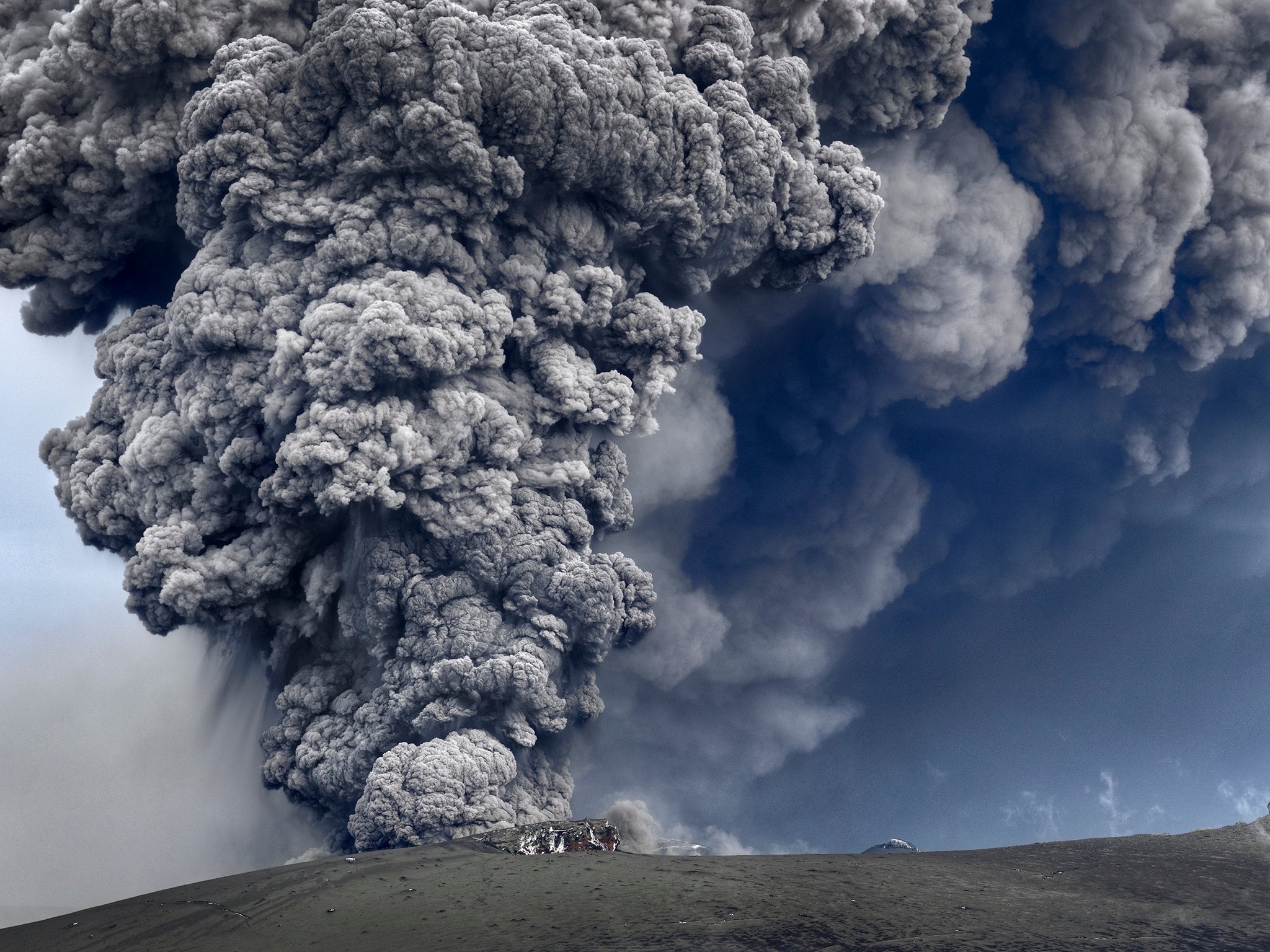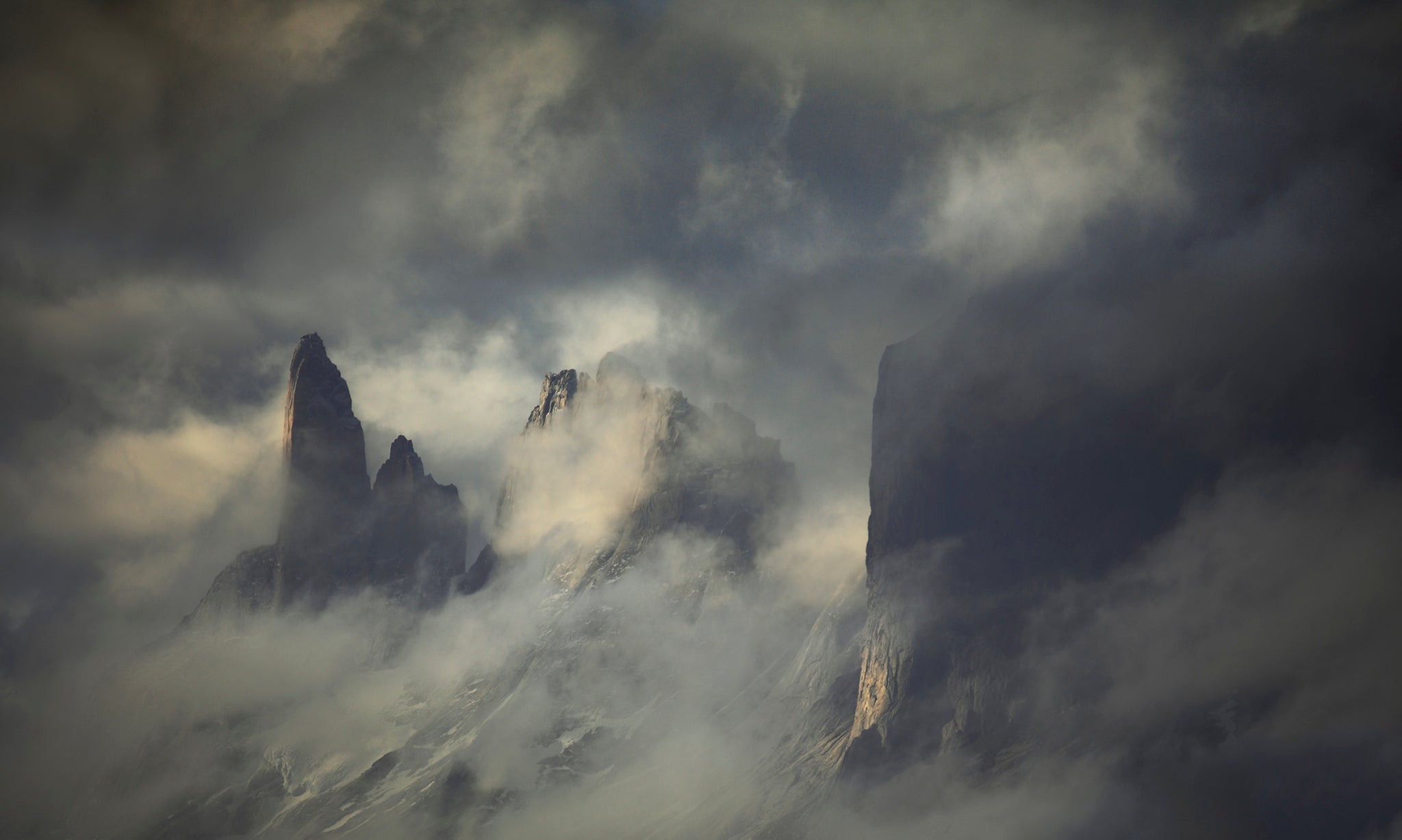
If you've been paying any attention to the articles on our website, then you'll likely have stumbled across the work of talented but humble landscape photographer, Leonardo Papèra. Born and raised in Italy, Leo has spent his life immersed in the beautiful surrounds of nature. His desire now is to capture it to share it with the world.
Leo's foray into the world of cameras has been fuelled by a passion so strong that he practically lives and breathes photography. With a strong portfolio of images under his belt and a wealth of knowledge that he is willing to share with others, Leo is someone who will inspire you to achieve far more than you could ever have dreamed.
This month, we caught up with Leo to chat about his photographic journey, his ideas about returning to the same places time and time again, the photography workshops that he runs in Italy, as well as some of the plans that he has in store for 2020.
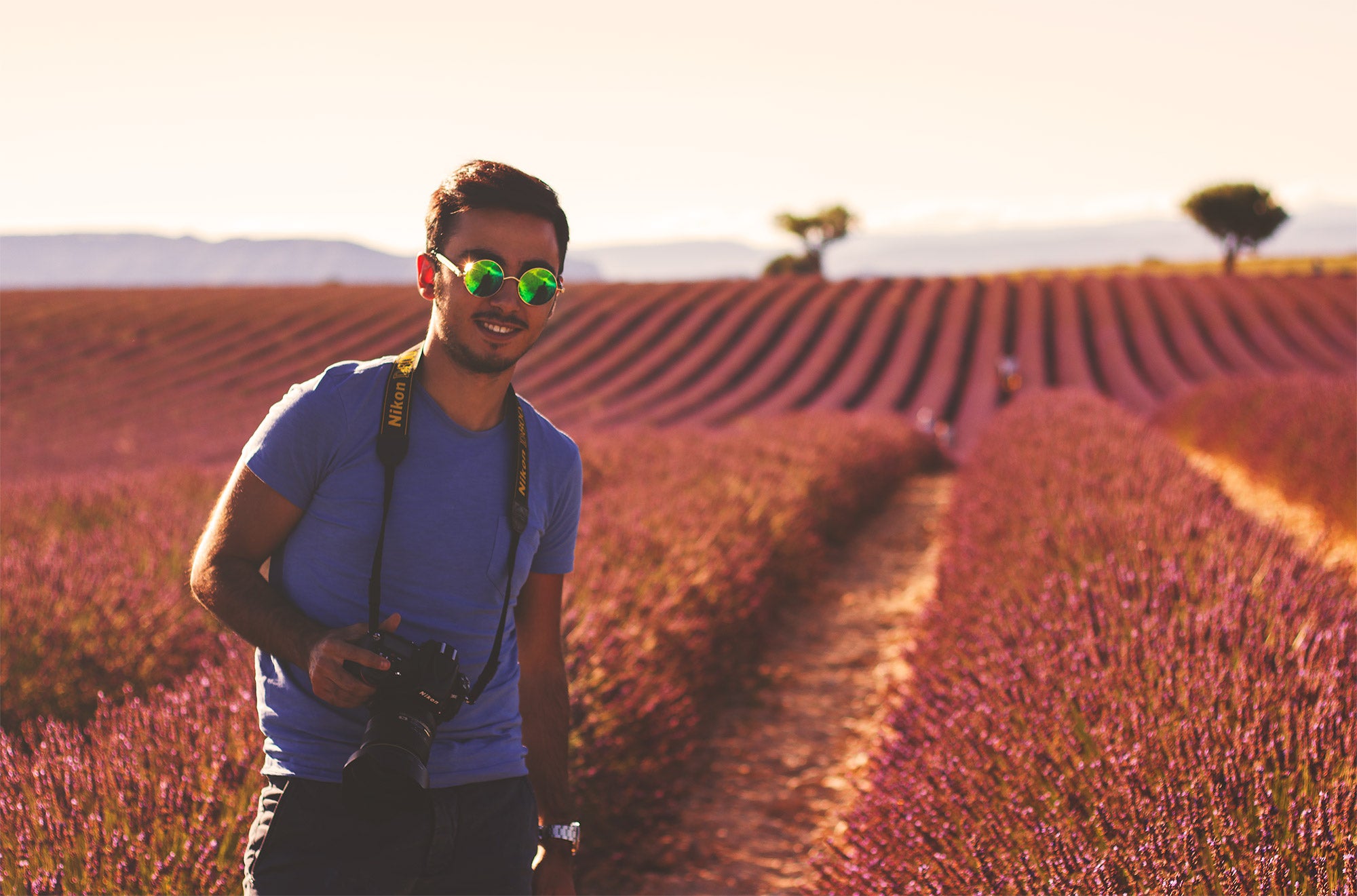 Leo is a professional landscape photographer from Italy. Photo by: 'Leonardo Papèra'.
Leo is a professional landscape photographer from Italy. Photo by: 'Leonardo Papèra'.
- Learn about Understanding Lens Flare in Landscape Photography
- Check out the Ultimate Photography Guide to the Cinque Terre in Italy
- Discover Chromatic Aberration – What it is and How to Avoid it
Hello Leo! Thanks for joining us today. Can you start by telling us a little bit about yourself? How did you get your start in photography? Have you always been interested in landscape photography or have you shot any other genres during your career?
Hello guys! Well, describing myself is always the hardest part. I started doing photography almost 10 years ago: like most other people, I bought a camera without any serious intention of actually using it for more than birthday parties and holidays with friends.
Thanks to a dear friend, I started to take it with me on hikes and also started to learn about different photography techniques. At that time, I was still in high school, so the only time I could use for hobbies was after dinner when I finished study. That's why I ended up being more passionate about nightscapes than landscapes to begin with. Star trails and Milky Ways were my daily bread and trust me, that has been one hell of a way to learn the basics (and more) of photography!
As you might have learned by now, I have never considered any other genre than landscapes and its variations (nightscapes, seascapes, etc), since nature has always been my favourite subject to shoot. From time to time, I also like to do some wildlife photography but I’m not really great at it since I'm never able to find a fair amount of time to dedicate to it!
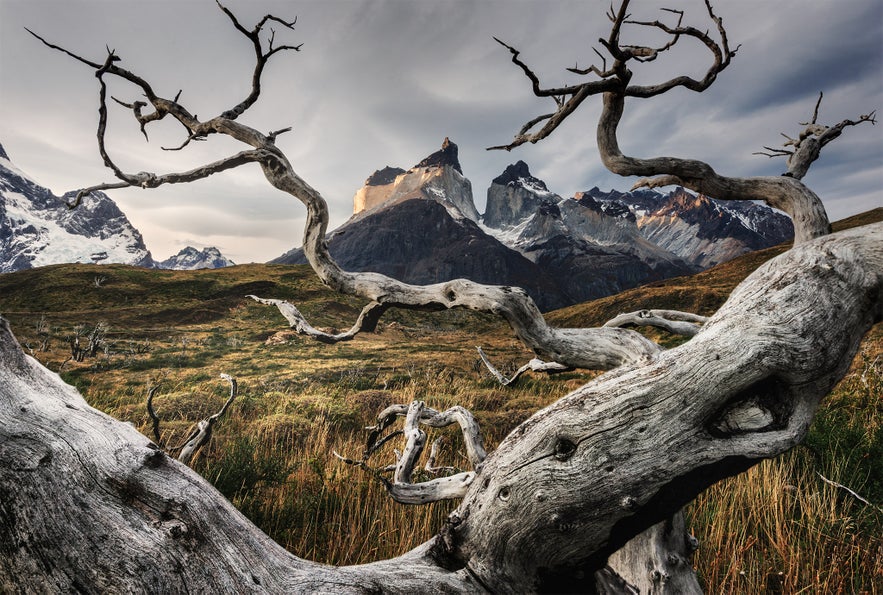 Landscapes are Leo's favourite subject to shoot. Photo by: 'Leonardo Papèra'.
Landscapes are Leo's favourite subject to shoot. Photo by: 'Leonardo Papèra'.
Do you prefer to photograph close to home or do you find faraway places more inspiring? Are there any special places that inspire you the most to shoot?
When I was just starting out, I was convinced that it wasn’t possible to capture great photos close to my home. I kept repeating to myself that in order to succeed, I had to travel to some of the world’s renowned photography destinations and that it was normal to capture dull shots in my own country because I was missing the “raw material”... the landscape.
My home lies in the “unknown” part of Tuscany, the one where you don’t see curvy hills and cypresses everywhere. It’s actually closer to the mountains than to the side of Tuscany that everyone knows. Following quite a few trips abroad over the last decade, I can tell you that I was completely wrong: the problem wasn’t the landscape, it was me. I simply had to develop a higher degree of photographic sensibility to see things (and shoot them) in a different way.
The places that inspire me the most when it comes to producing new work are the most popular ones amongst landscape photographers: Tuscany, Iceland, Norway, etc. Why? Because it’s challenging and fun to find new, unseen perspectives from such popular destinations!
 Leo enjoys visiting popular destinations to find new perspectives. Photo by: 'Leonardo Papèra'.
Leo enjoys visiting popular destinations to find new perspectives. Photo by: 'Leonardo Papèra'.
You have an incredible portfolio of fine art photography. Can you describe for our readers how fine art differs from other fields of photography and what it is that makes your work unique in this sense?
Technically speaking, fine art photography is some sort of “higher” level of photography where you don’t limit yourself to just point and shoot but rather aim to create a coherent body of work in terms of style, colours, compositions, etc.
In my case, it has never crossed my mind before that I was producing fine art photography. Actually, I’m quite sure that I have never used those terms to describe my photos and I’m still not 100% sure that I deserve to call my portfolio “fine art”. Knowing myself, I will probably never be!
I think it just happened that after a few years, I managed to put together a bunch of pictures with some peculiarities that made them recognisable. I have never put much effort into creating my own style... it just happened.
The thing I care the most about in my pictures is the composition; I pay way more attention to the composition than any other setting, technique or variable present when shooting in the field; that’s what I think has made my portfolio recognisable over the years!
In terms of post-production, what programs are you using and what is your aim with the final result?
Since I first started postproduction, I have never used anything else other than Adobe Photoshop. I consider that software the best possible way to gain full control over the editing part of your images; the level of precision and the variety of different tools available make it the number one software for post production in my opinion, obviously!
The personal goal I have every time I post-process a new photo is the same: to enhance the light that was present and to create a coherent visual path between the main subjects of the image through the use of layers and masks to highlight or hide selective parts of the frame.
 Leo enjoys post-processing and uses the opportunity to create mood and atmosphere in his images. Photo by: 'Leonardo Papèra'.
Leo enjoys post-processing and uses the opportunity to create mood and atmosphere in his images. Photo by: 'Leonardo Papèra'.
Which part of the creative process of photography do you enjoy most and what do you find to be the most challenging?
Well, by far I prefer the part where I’m out there shooting in the field rather than standing behind my PC post processing! I’m honestly quite lazy when it comes to the latter, so you may probably see my pictures with as much as one year delay. I prefer to keep shooting and producing new photos (while improving my skills!) rather than post-processing.
It’s hard to tell which part is most challenging but overall, probably the shooting part is the hardest. If you nail the photo while shooting in some fantastic weather conditions, finding a great composition and using the right techniques, post production will come way easier.
The problem is that it won’t be easy at all to align all those things; sometimes you’ll have great conditions but the composition is poor, sometimes you’ll manage to find a great composition but conditions are dull... I mean, you get the idea. That’s also why I like to stay out there more, because it helps me to get better at it!
- See also: 15 Tips for Monochrome Photography
Have there been times that you’ve had to revisit your favourite places many times to achieve the required result? Can you tell us more about your method of working when you're out in the field to shoot?
I think that when visiting a location for the first time, all I’ll be able to do is barely scratch the surface in terms of photography opportunities. But I also know it’s not my fault. I just don’t know the place, so how can I capture the true essence of it?
I’m not talking about the best photo spots... those you can find on the Internet. To truly know a photographic area, I need to spend a lot of time and effort there. There are no shortcuts, no easy way to do that. That’s why I always hope to return to some of the places I've already visited because I know that the next time, I’ll be able to capture some better photos!
When I travel, I tend to spend many days in the locations I want to photograph and many photographers look at me with a weird face thinking, “why on Earth you want to spend so much time at that spot?! There’s nothing more than *that* there!” The reason why I’m spending so much time in some locations is the one I’ve told you before: the more time you’ll spend in a specific area, the higher the chances you’ll have of capturing some incredible pictures from there!
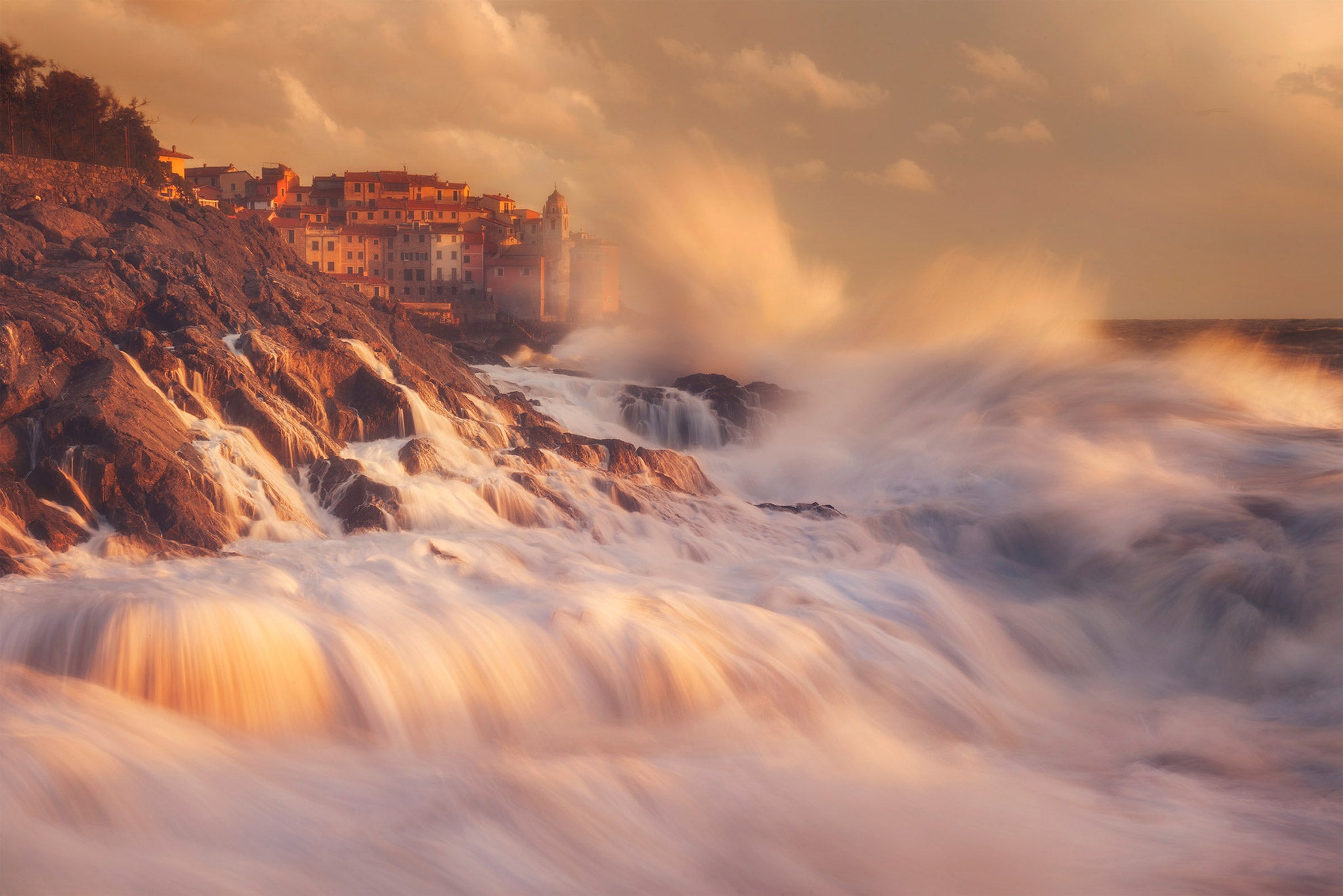 Leo often returns to places he has already photographed, in order to capture different and exciting new conditions. Photo by: 'Leonardo Papèra'.
Leo often returns to places he has already photographed, in order to capture different and exciting new conditions. Photo by: 'Leonardo Papèra'.
What do you want to achieve with your photography? Of your images, which one would you say best exemplifies that goal as a whole? How does it do that?
In a few words, the ultimate goal of my photos is to share the beauty of this world, to make people see things in ways that they thought weren’t possible before. My photos are not just beautiful “postcards” but something more than that.
If I had to choose an image to sum this up, I would use the one below here: it perfectly exemplifies that concept.
To start, the Northern Lights are one of the main reasons I started doing photography and I truly believe they are one of the most incredible phenomena to see. Secondly, if you ask some people, they’ll struggle to think that this is real or that it can be real. They’ll probably think that this is some cool Photoshop effect. That’s the part that I love the most – opening the eyes of those people, showing and explaining to them that this kind of marvel is waiting for them, right outside their door. They just need to be brave enough to go on an adventure trip!
 The Northern Lights are one way that Leo has found to share the beauty of the world with others. Photo by: 'Leonardo Papèra'.
The Northern Lights are one way that Leo has found to share the beauty of the world with others. Photo by: 'Leonardo Papèra'.
- See also: Best Cameras for Beginners in 2020
What challenges you most these days with shooting? From the world of photography, what keeps you motivated or inspired?
The biggest challenge for me when it comes to shooting has always been – and still is – finding a unique composition that will enhance the message I want to transmit to the viewers, while possibly evoking the same emotions I was feeling while I was there shooting. One of the aims of my pictures is not just being nice postcards but also to carry some sort of message.
Many fellow photographers are keeping me inspired and motivated to do better; each day, thanks to social media, I can observe other’s works and I’m continuously amazed by some of the images they produce!
Apart from them, well, the thing that keeps me motivated the most is the quantity of places I still need to visit, the amount of pictures I still need to capture and well, my favourite places that keep calling me back every year!
For photographers who are trying to get their work seen and to establish a landscape portfolio, what advice would you give?
Competition in the world of photography is growing every day, no matter what genre you are into; that’s why the level of your work needs to be flawless in order to stand out from the others. Not an easy thing, right? The best thing you can do is to differentiate yourself from others; shoot what you love but do it with your own style.
Don’t spend energy by dreaming about that awesome new camera model or that fantastic $5000 lens. Those are not the things that will make you succeed in the photography world, nor will they improve your photos. Also, don’t spend too much time deciding if f/10 is better than f/11, if using f/16 will create some diffraction in your picture or if using ISO 400 will create some noise in your image. Those are technical things which you should obviously be aware of, but they won’t matter much in terms of capturing outstanding photos.
Oh, and about exposing your work to rest of the world, the Internet nowadays is by far the best tool; social media, dedicated forums, photography websites, international contests.. there are plenty of places where you can share your pictures to get recognised and if your work is great, it will also happen quite quickly!
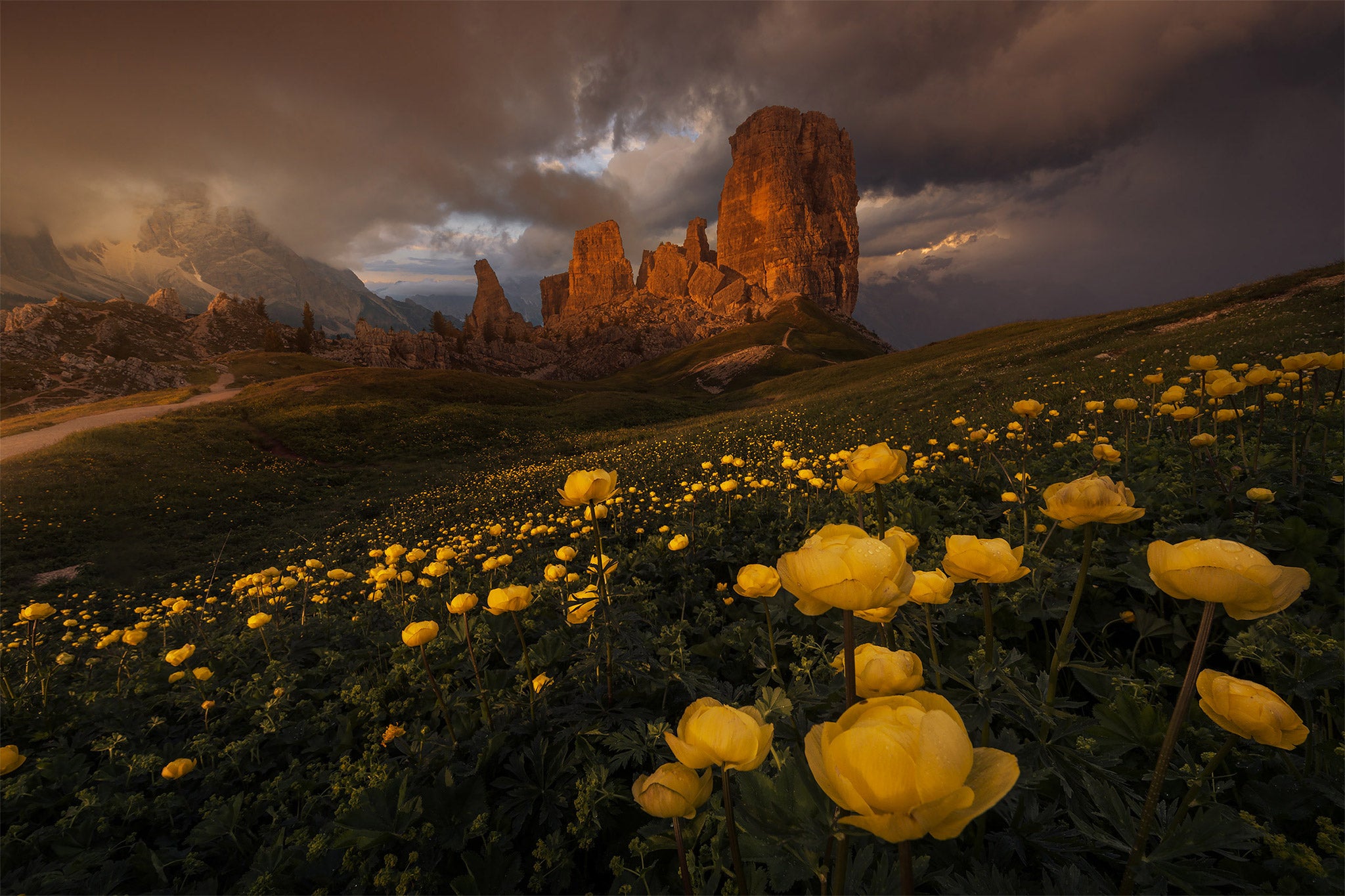 The Internet is a great way to get your work seen by others. Photo by: 'Leonardo Papèra'.
The Internet is a great way to get your work seen by others. Photo by: 'Leonardo Papèra'.
What are your biggest marketing tools and how did you harness them to create a successful photography business?
The Internet is my main tool when it comes to marketing myself and my photographic services. A strong social media presence is a good start, since you’ll be able to expose your works in front of a huge audience. Photography groups of Facebook are one of my most favourite places to share my pictures, apart from my personal photography pages. Instagram is great too but it’s not for all types of pictures: most of the people who use this social platform tend to observe the image for a very short time, so if your pictures are not eye-capturing or with some bold colours and needs some time to be properly appreciated, then you won’t probably find the feedback you were expecting there.
Photography forums and websites are a great way too if you want to share your photography business, but you’ll need more time in order to create connections and possible new clients.
You run a number of photography workshops in locations around Italy. What makes your tours unique? What can people expect when they join you on a tour to learn about photography?
Let’s be honest: I’m not the only one running photographic workshops in Tuscany, Venice, or the Dolomites. There are plenty of other photographers doing my same job and while some of them are complaining about the competition, I think that’s normal. Having competitors is normal in every kind of work, not just photography. The only thing I can offer that others can’t is.. Me!
I think that the person running the workshop is what makes the difference nowadays. In my photography workshops, we won’t just shoot places but we’ll start from the very basics of photography and I’ll teach all I’ve learnt during the years, to the most complex techniques. The teaching, together with the knowledge of the locations – which is where I have grown up – is what I think makes my workshops different from the others.
 Leo grew up in Italy. Being a local, he has a greater understanding of some of the most popular locations for photography. Photo by: 'Leonardo Papèra'.
Leo grew up in Italy. Being a local, he has a greater understanding of some of the most popular locations for photography. Photo by: 'Leonardo Papèra'.
- See also: The Best Camera Bags for 2020
Aside from workshops, you also have a great book available on Amazon about photographing the Aurora Borealis. Tell us about your fascination with the Northern Lights and what inspires you most about this beautiful natural phenomenon.
As I mentioned before, the Northern Lights are one of the main reasons I started doing photography. I was seeing these incredible pictures online and those lights dancing in the sky were appearing to me to be totally out of this world. I couldn’t believe that something so fantastic was happening every year in some parts of the world: I had to see it and that’s exactly what I’ve done.
My first photography trip was to Finnish Lapland in 2013; I had a small Nikon D5100 with me and I barely knew the basics of photography. In incredibly cold temperatures, I went out every night and was lucky enough to see auroras each of those nights. That was probably a turning point for me. Since 2013, I have kept returning up north every year to see (and shoot) the Northern Lights!
 Leo enjoys sharing his knowledge about photography with others. Photo by: 'Leonardo Papèra'.
Leo enjoys sharing his knowledge about photography with others. Photo by: 'Leonardo Papèra'.
In this day and age, the preservation of the environment is becoming a bigger concern. As photography is an influential medium, do you use the power of your photographs to promote conservation and environmental awareness? Do you have any thoughts about how photographers in general can become more involved in this important matter?
Preservation of the environment should always come first rather than photography. It is not just important, it is fundamental. Each one of us nature and landscape photographers is doing a great job just by sharing pictures of the beautiful places we are lucky to have on this planet, and show them to people in order to raise awareness about protecting them.
On the other side though, I also think that we can do more: to start, we should all behave better when on the field shooting pictures. I have seen, over the years, some pretty disturbing behaviours from fellow photographers; some people will do anything in order to “get the shot”. We should also leave the place in the same conditions as we found it when we arrived. It might seem obvious but trust me, it’s not! Lastly, if we have found a location which has a fragile ecosystem, then it would be better in my opinion to avoid sharing the location to the broader public.
 Preserving the environment is a crucial part of landscape photography. Photo by: 'Leonardo Papèra'.
Preserving the environment is a crucial part of landscape photography. Photo by: 'Leonardo Papèra'.
- See also: Ultimate Photography Guide to Tuscany
What sorts of things do you think might challenge you in the future or do you have any photographs or styles that you want to investigate? Where do you see your photography going in terms of subject and style?
Well, photography by itself is already a never ending challenge for me, since there isn't an arrival point where you can say “okay, I’m done”. In order to improve, you need to practice continuously and learn new techniques both on the field and in post production.
In the last couple of years, I have found myself exploring and enjoying the intimate landscapes and abstract scenes you can find in nature a little more than the classic wide panoramas. Don’t get me wrong, I’m still doing those too, I have just started to open myself to more personal visions than the famous landscapes already captured by others in the past. In the future, I hope to get better with these kinds of landscapes to create a high-level body of work with only strictly personal views.
Tell us a little bit about what you’re currently working on and what’s in store for you in the coming year.
To start, I’m always trying to expand and improve my workshop platform, Tuscany Photography Tours, with new and highly personalised tours in various Italy locations. Between taking clients around and all the background work that goes in it, that’s my current main project and the one that takes most of my time.
Apart from this, I’m very much looking forward to a few particular trips that I’ll do between 2020 and 2021 to lesser known locations (that I hope will be amazing). Having lots of photographic opportunities are what made me choose these places. Where, you might ask? Well, that’s still a secret!
For more information on Leonardo Papèra's work, you can visit his website, check out his tours, or find him on Facebook and Instagram.
Immerse yourself in nature and marvel at the beauty of the world, just like Leo! Check out our range of international photo tours and photography workshops.


